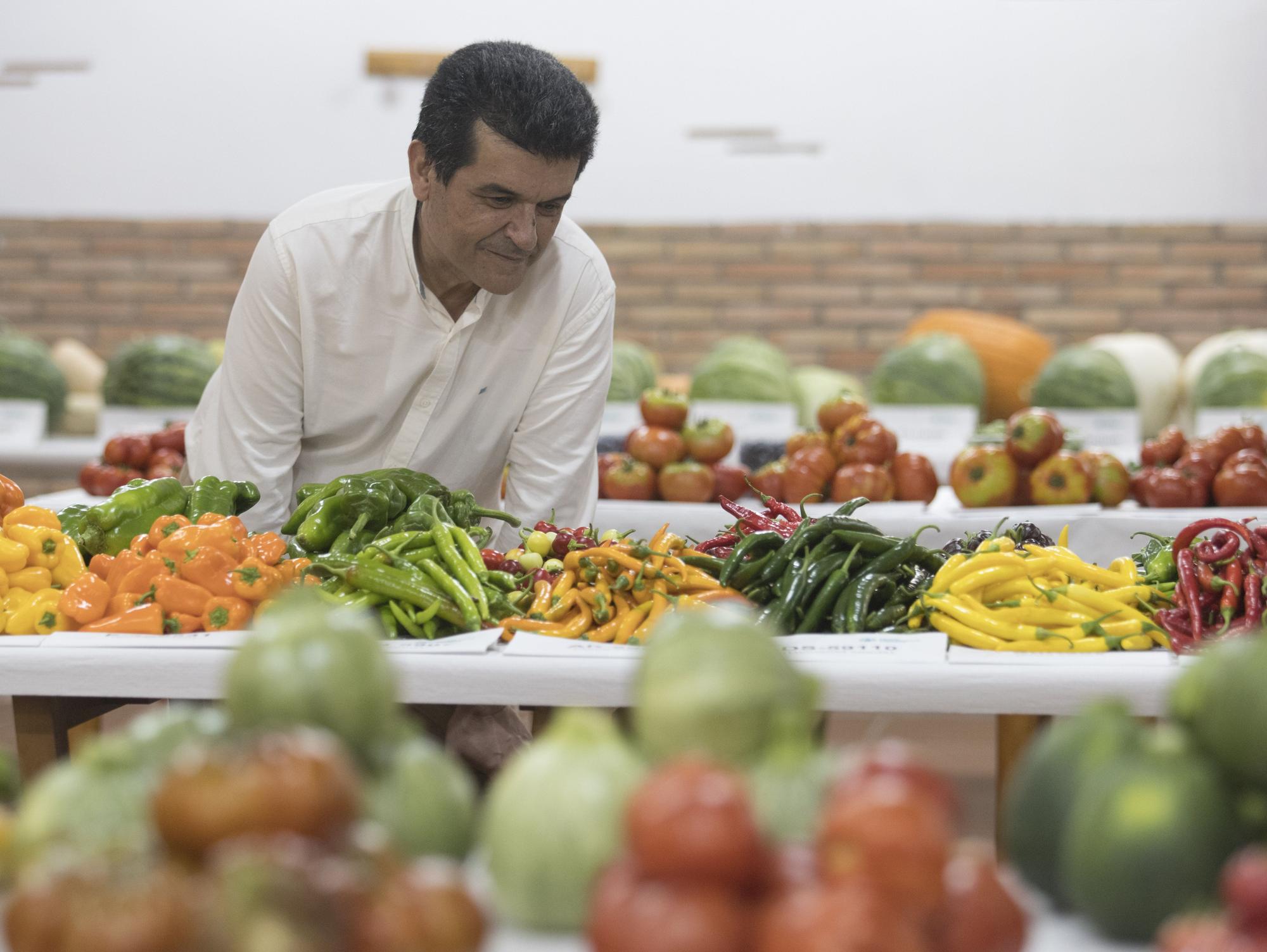With the arrival of new technologies, come new advances and new techniques, and together with innovation, digitization and modernization of processes, one of the great revolutions to date in the crop sector is taking place. Tomatoes that resist drought, non-astringent persimmons, rice straw soils that reduce irrigation water in citrus or the implantation of sensors to improve irrigation and fertilization in plots are some of the innovations that Cajamar has presented this week during the celebration at its Paiporta Experience Center.
Of these innovations presented, it is worth mentioning the Harnesstom project, a European initiative that aims to improve tomato genetics in conditions of high temperatures, drought, salinity and emerging diseases in order to finally be able to determine which are those genes with which much more resistant “to such a serious problem today as climate change, which is already leaving serious consequences,” according to the rural savings bank in a statement. In relation to this project, it is worth mentioning the more than 200 tomato varieties, both traditional and from different localities of the Valencian Community, as well as from other Spanish regions and other European countries, which are tested in this experience center.
I usually
Another of the relevant initiatives presented last Thursday is the DSS-Mulch-CO2 project. The main objective of this program is the recovery of soils. In order to achieve this, in the center of Paiporta experiments are being carried out with covers on rice straw soil, among other citrus crops, which allow the reduction of irrigation water. Thanks to the use of plant covers and the implementation of ‘mulchings’ -covering the soil around the crops with a layer of plant remains and other materials of natural or mineral origin- carbon sequestration is increased, that is, improve agricultural performance, while reducing erosion, increasing soil fertility and also promoting biodiversity, thus achieving improved agricultural practices that help to combat the great problem of climate change.
Robert Garcia, director of Sustainable Development of Grupo Cooperativo Cajamar, indicates in statements to this newspaper the importance of the research and tests that are being carried out in Cajamar Innova to improve irrigation and fertilization in plots through sensors. These are installed at different depth levels and allow the results to be reinterpreted to achieve effective and digitized irrigation automation. Carlos Baixaulidirector of the Experience Center, stressed that “these investigations will allow knowing how much and when to water, adjusting the volume and frequency of irrigation.”
The super-intensive cultivation of fig trees is another of the most outstanding lines of research. For this, a plot of a total of 1,000 square meters with mesh cover has been set up with the main objective of achieving a much more efficient formula for growing fig trees. The objective is to achieve a good production from the first year of cultivation. As for fruits such as persimmon, work is also being done with a new plant material that allows this fruit to be produced without astringency, making clones for rootstocks that are as homogeneous as possible.
During the course of the day, the more than 300 varieties of fruit and vegetables could be known, as well as their respective technical sheets, which contain all the information and characteristics related to each product and its process and form of cultivation. . Carlos Baixauli explains that the research that is being carried out seeks as a result “to obtain high-quality products that are attractive to the consumer.”
Related news
Peppers, aubergines, melons, watermelons or courgettes are some of the foods that are experienced in this center. In another vein, Robert Garcia stresses the “importance of good communication on the part of both farmers and consumers, on the one hand, so that the customer knows the entire process behind a tasty product with good qualities, and on the other hand, so that the farmer knows the tastes of the consumer and can adjust his offer to the demand of the buyers”.
Sector
The Director of Sustainable Development of Grupo Cooperativo Cajamar also emphasizes that it is an increasingly professional and modernized sector, for which the rural bank has carried out a total of 55 activities, between the months of January and June, dedicated to the transfer of knowledge, events and face-to-face and online courses, in which a total of 5,479 people have participated. García He affirms that the objective of all this is that “no one is excluded from this process and that all farmers are trained to start applying all these new tools in their crops”.
–


